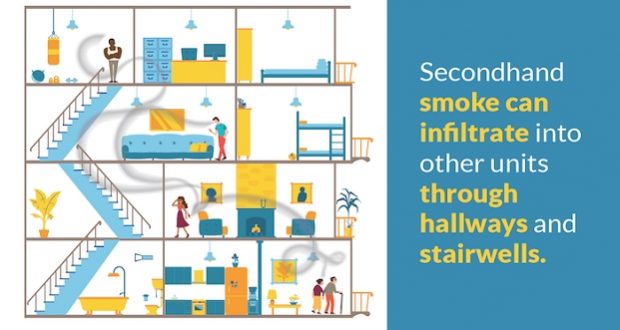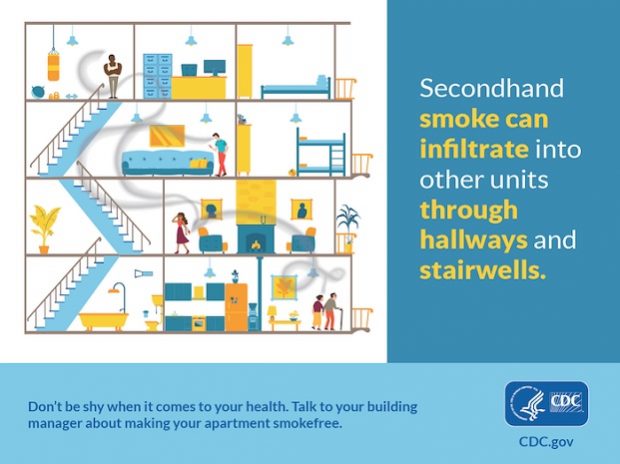MARIPOSA — The Mariposa County Tobacco Education Program will be presenting a free workshop on Mar. 15, about how you can increase tobacco-free air in outdoor and indoor spaces where you live, work and play.
Most people know that smoking and breathing secondhand smoke is toxic, but may not be aware of the impact of thirdhand smoke.
Both secondhand and thirdhand smoke contain hundreds of chemicals known to be toxic, and nearly 70 cause cancer. Even brief exposure to secondhand smoke can be harmful to your health. Exposure to secondhand and thirdhand smoke can lead to serious health problems including lung cancer, heart disease and stroke, and can make asthma worse in adults and children.
Who is most at risk for secondhand smoke? Nearly two in every five children in the United States are exposed to secondhand smoke, along with one in three nonsmokers who live in rental housing where smoking is allowed.
Thirdhand smoke is caused by the burning of cigarettes, cigars, and hookah. The residue does not blow away – it sticks to walls, windows, and furniture, and settles as toxic dust in homes and cars. It sticks to clothing and hair. Thirdhand smoke can even contaminate areas considered to be smoke-free when the particles travel through air ducts, vents and cracks in walls.
Who is most vulnerable to thirdhand smoke? Anyone who lives in where smoking is allowed, including infants and children who may be exposed to thirdhand smoke when the crawl or play of the floor. In fact, children’s growing bodies make them more vulnerable to thirdhand smoke than adults.
Removing thirdhand smoke residue is difficult, depending on the type of surface and the amount of smoke that has settled there. Common cleaning methods such as vacuuming are not effective in removing thirdhand smoke. Over time, the smell of may go away, but harmful chemicals will still exist.
Widespread success in eliminating smoking in workplaces and other public places has resulted in a decrease in exposure to second- and thirdhand smoke. However, there are places still not protected by tobacco-free regulations.
Protect yourself and your family. Learn more about how you can increase tobacco-free air in outdoor and indoor spaces where you live, work and play.
The Mariposa County Tobacco Education Program will present a “Policy 101 and Advocacy Workshop” on Thursday, Mar. 15, from 2 p.m. – 4 p.m. at the Mariposa Government Center. The workshop is free. For more information, call 209-966-3689.
http://www.mariposacounty.org/TobaccoEducation
(Submitted by the Mariposa County Tobacco Education Program)
References:
• Centers for Disease Control and Prevention (CDC). Secondhand Smoke (SHS) Facts 2015
• CDC VitalSigns: Secondhand Smoke: an Unequal Danger. Feb. 2015
• Matt, G.E, et al, Thirdhand tobacco smoke: emerging evidence and arguments for a multidisciplinary research agenda. Environ Health Perspect, 2011.
• California Department of Public Health. California Tobacco Control Program. Thirdhand Smoke in Multi-unit Housing. 2017





